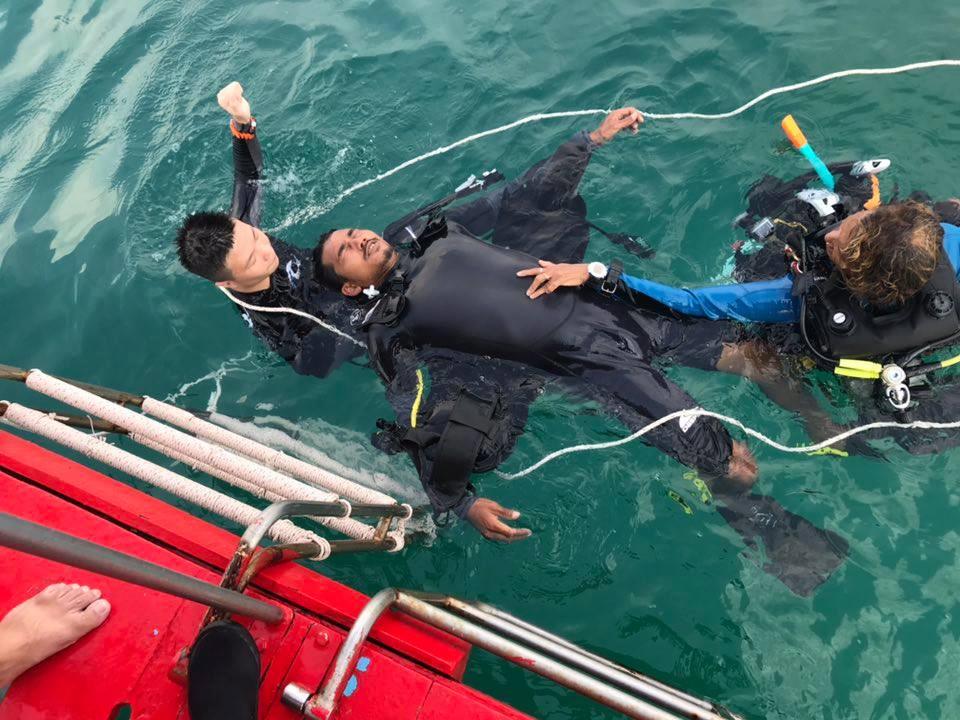
As you achieve more diving experience no doubt you’ll have heard and wondered about becoming a rescue diver. Its reputation as the most fun of all the scuba diving courses is well-earned, but there’s a lot more to it than that. As your number of dives builds up and you spend more time underwater, on boats, or on the shores of a body of water, the chances that you’ll be faced with a real-life rescue situation increase. With this in mind, let’s have a look at the content of the PADI Rescue Diver course.
Save yourself.
You may already have been faced with a situation in which you felt unsure of your personal safety when diving. It’s an important part of the course to remember that the most important person in a rescue situation is you, the rescue diver. If you get into trouble while trying to save someone else from a situation, you won’t be able to save that person and there will be an extra diver to rescue. So it’s important to know how to rescue yourself. You’ll practice various skills to make sure that you can deal with most self-rescue situations.
Help a tired diver.
The course progresses in stages from easiest to most challenging. The first rescue exercise that you’ll practice to save someone else, is helping a tired diver. Of course, in real life this diver might be sick or injured as well, but basically we’ll practice helping someone who is coherent but having trouble getting back to the shore or boat. In the PADI course we’ll learn about making a paced approach, evaluating the victim’s state of mind, making physical contact, reassuring the diver to maintain calm, towing the diver back to shore or boat, and removing all equipment.
Rescue a panicked diver.
During panic, divers lose control of the mental states, don’t respond to instructions and react in an instinctive way that can be dangerous for them and for others trying to help them. In order to safely rescue such a person, it’s important to evaluate the diver’s state of mind while approaching, look at how to make physical contact safely both at the surface and underwater, how to release yourself from a panicking divers grasp, and how to make a quick reverse if such a diver tries to grab hold of you.


